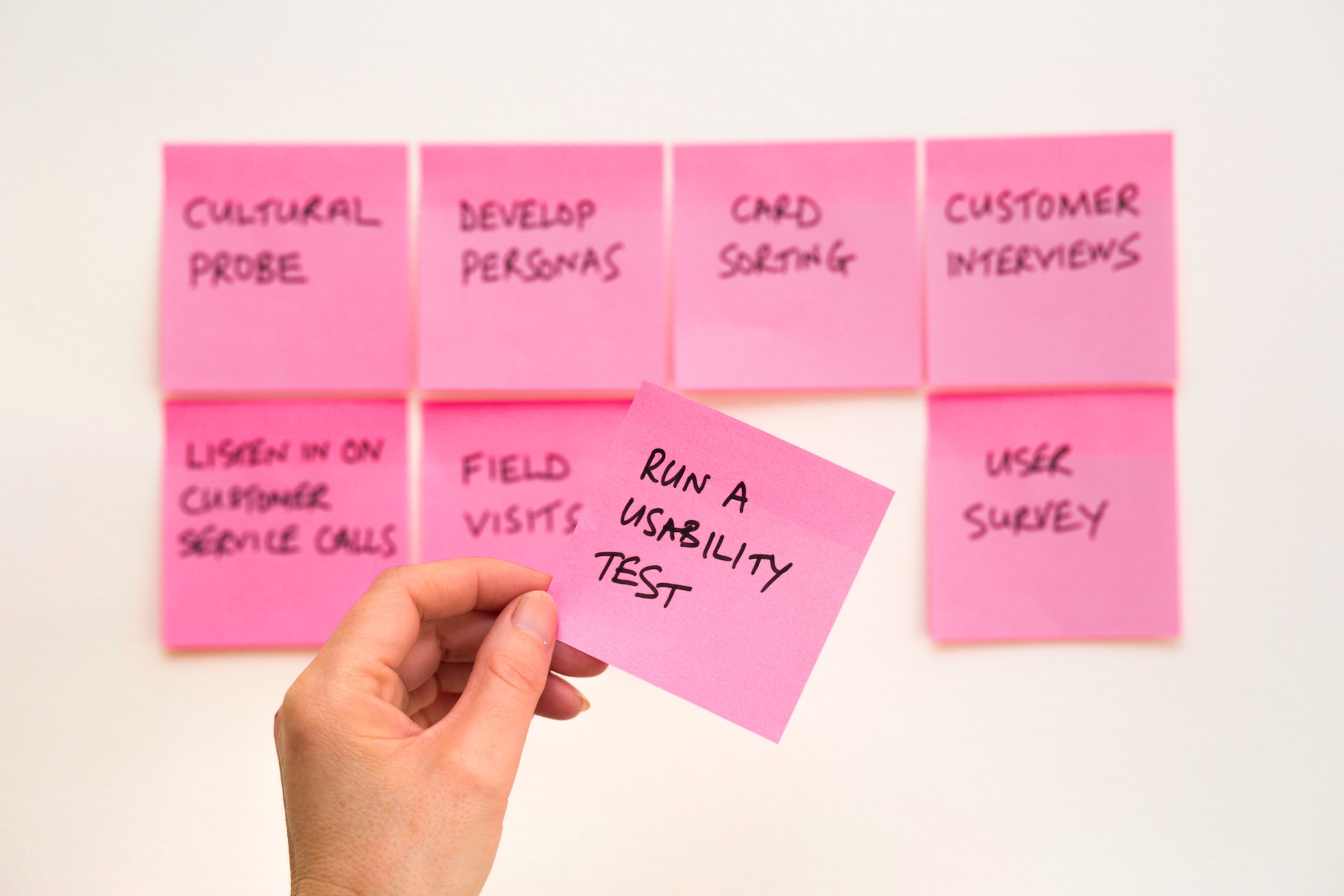Summary
Learn how the RICE framework can help businesses prioritize projects and features by evaluating Reach, Impact, Confidence, and Effort, ensuring a focus on the most valuable work.
A popular prioritization framework that has emerged is the RICE framework. This decision-making tool enables teams to make informed choices when determining which projects or features to pursue.
What is RICE framework?
The RICE framework is an acronym that stands for Reach, Impact, Confidence, and Effort. It is a scoring system that allows teams to prioritize projects by evaluating them based on these four factors:
Reach: The number of customers or users who will be affected by the project or feature within a given time frame.
Impact: The extent to which the project or feature will contribute to the company's goals or the user's experience.
Confidence: The level of certainty in the estimated reach, impact, and effort for the project or feature.
Effort: The amount of work required to complete the project or feature, typically measured in person-months.
By considering each of these factors, the RICE framework provides a systematic and objective approach to prioritizing projects and features, ensuring that teams focus on the most valuable and impactful work.

Calculating the RICE Score
To calculate the RICE score for a project or feature, follow these steps:
- Estimate the Reach: Determine the number of users or customers who will be affected by the project or feature over a specific time frame, such as a month or a quarter. This can be done using data from customer surveys, user analytics, or market research.
- Assess the Impact: Evaluate the project's potential impact on the company's goals or the user's experience. This is often measured on a scale of 1 to 3, with 1 being minimal impact and 3 being massive impact. Factors to consider might include revenue generation, customer satisfaction, or user engagement.
- Determine the Confidence: Estimate the level of confidence in the reach, impact, and effort calculations. This is typically measured on a percentage scale, with 100% being absolute certainty and 50% being a 50/50 chance. Confidence levels can be based on the availability of data, past experience, or expert opinions.
- Estimate the Effort: Calculate the amount of work required to complete the project or feature, usually measured in person-months. This should take into account the number of team members needed and the time it will take to complete the work.
- Calculate the RICE Score: Multiply the Reach, Impact, and Confidence factors, and divide the result by the Effort to obtain the RICE score.
RICE Score = (Reach * Impact * Confidence) / Effort
The higher the RICE score, the higher the priority of the project or feature.
How to Use RICE Framework
The RICE framework can be used in various settings, from small startups to large enterprises, to prioritize projects and features effectively. Here are some real-world examples of how the RICE framework can be applied:
Example 1: Ecommerce Company
An e-commerce company is considering three new features to improve its online store:
- Personalized product recommendations
- Enhanced search functionality
- Improved checkout process
The company can use the RICE framework to prioritize these features by estimating the Reach, Impact, Confidence, and Effort for each option:
Personalized product recommendations:
- Reach: 10,000 users per month
- Impact: 2 (moderate impact on user experience and sales)
- Confidence: 80% (based on the success of similar features in the industry)
- Effort: 4 person-months
- RICE Score: (10,000 * 2 * 0.8) / 4 = 4,000
Enhanced search functionality:
- Reach: 5,000 users per month
- Impact: 3 (significant impact on user experience and sales)
- Confidence: 70% (some uncertainty about implementation and user adoption)
- Effort: 3 person-months
- RICE Score: (5,000 * 3 * 0.7) / 3 = 3,500
Improved checkout process:
- Reach: 2,000 users per month
- Impact: 1 (minimal impact on user experience and sales)
- Confidence: 90% (strong evidence that the improvement will have a positive effect)
- Effort: 2 person-months
- RICE Score: (2,000 * 1 * 0.9) / 2 = 900
Based on the RICE scores, the company should prioritize the personalized product recommendations, followed by the enhanced search functionality, and finally the improved checkout process.

Example 2: App Developer
A mobile app developer is evaluating three potential updates to their app:
- Implementing push notifications
- Adding social media sharing functionality
- Redesigning the user interface
Using the RICE framework, the developer can prioritize these updates as follows:
Implementing push notifications:
- Reach: 500 users per month
- Impact: 3 (significant impact on user engagement)
- Confidence: 75% (some uncertainty about user preferences and notification content)
- Effort: 1 person-month
- RICE Score: (500 * 3 * 0.75) / 1 = 1,125
Adding social media sharing functionality:
- Reach: 300 users per month
- Impact: 2 (moderate impact on user engagement and app growth)
- Confidence: 80% (based on the success of similar features in other apps)
- Effort: 2 person-months
- RICE Score: (300 * 2 * 0.8) / 2 = 240
Redesigning the user interface:
- Reach: 1,000 users per month
- Impact: 1 (minimal impact on user experience)
- Confidence: 50% (uncertainty about the effectiveness of the new design)
- Effort: 3 person-months
- RICE Score: (1,000 * 1 * 0.5) / 3 = 166.67
In this scenario, the developer should prioritize implementing push notifications, followed by adding social media sharing functionality, and lastly, redesigning the user interface.
The Benefits of Using the RICE Framework
The RICE framework offers several benefits for teams looking to prioritize projects and features effectively:
Objective decision-making
By focusing on quantifiable factors like Reach, Impact, Confidence, and Effort, the RICE framework helps teams make objective decisions and avoid being swayed by personal biases or opinions.
Efficient resource allocation
The RICE framework ensures that teams allocate their resources to the most valuable and impactful projects, maximizing the return on investment.
Transparent prioritization
By calculating RICE scores for each project or feature, teams can clearly communicate their priorities and provide a rationale for their decisions. This transparency can help build trust and alignment among team members and stakeholders.
Adaptability
The RICE framework can be adapted to various industries and company sizes, making it a versatile tool for prioritizing projects and features across a wide range of contexts.
Continuous improvement
As new data becomes available or circumstances change, teams can update their RICE scores to ensure they are always focusing on the most valuable and impactful work.
Limitations of the RICE Framework
While the RICE framework offers many benefits, it is essential to be aware of its limitations and use it in conjunction with other decision-making tools and processes:
Subjectivity
Although the RICE framework encourages objective decision-making, estimating factors like Impact and Confidence can still be subjective. It is essential to involve multiple team members and stakeholders in the estimation process to minimize biases.
Dynamic environment
The RICE scores for projects or features may change as new information becomes available or as the business environment evolves. Teams should regularly review and update their RICE scores to ensure they continue to prioritize the most valuable and impactful work.
Complex interdependencies
The RICE framework does not account for dependencies between projects or features. Teams should consider these dependencies when using the RICE framework to prioritize their work.

Harnessing the Power of the RICE Framework
The RICE framework is a powerful tool that can help tech businesses prioritize projects and features more effectively. By considering Reach, Impact, Confidence, and Effort, teams can make informed decisions about where to allocate their resources and focus their efforts. With its adaptability and focus on continuous improvement, the RICE framework can be a valuable addition to any tech business's decision-making toolkit.
Related Courses
Describing the ROI of Design
Learn business school tactics to build credibility, gain influence & drive impactful design work at any organization
Impact through Influence in Engineering Teams
Practical skills for engineers & leaders to win buy-in, build trust, and drive results without authority. No fluff, just results.
Do Only the Research that Matters
Work smarter with AI to pinpoint research worth doing
The UX research impact masterclass
This workshop will transform the way you describe your UX research impact.
Business Influence for UX Researchers
Maximize impact and influence business outcomes through intentional research
Modeling Business Impact
Learn how to model out the financial impact of business and product initiatives.
You might also like

Paul Orlando: Why Now? The Secret Ingredient for Product Success

Mastering Competitive Positioning: A Comprehensive Guide for Product Managers

The Product Manager's Guide to Understanding the Market Landscape

